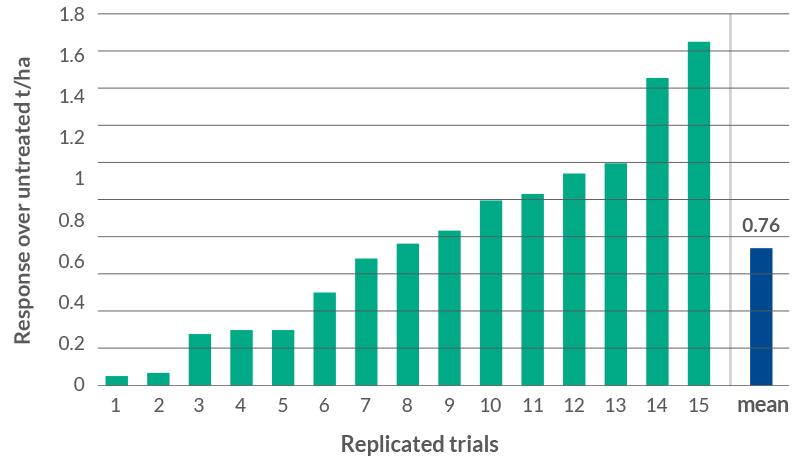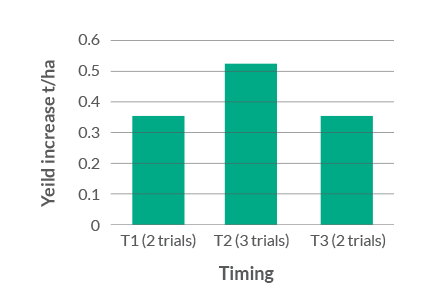Boosting chlorophyll levels could pay dividends this season as wheat crops undergo rapid growth
Adding a chlorophyll enhancer to the T2 spray can help wheat crops maximise green leaf area and plant biomass, increasing crop growth and improving yield and quality.
Agrovista agronomist Pete Waltham, who looks after crops in Somerset, Wiltshire and North Dorset, has been using one such product to good effect for the past couple of years, but believes results could be even better this season.
Klorofill is a unique crop enhancer that improves chlorophyll production and maximises green leaf area. It contains pentanoate, a precursor to chlorophyll synthesis, which helps reverse chlorophyll suppression that can occur during rapid growth, for example in wheat at the flag leaf stage.
At T2 Pete will often recommend adding some Klorofill to the spray tank to enhance and maintain green leaf area for as long as possible.
“This season, crops are developing even more rapidly than usual, with many wheats ahead on growth stage,” Pete adds.
“This means the chances of plant chlorophyll levels being a touch low are greater and therefore justification for using Klorofill increases, particularly when one considers the returns it provides.”


After treatment crops generally have a healthier shade of green that is retained longer than usual, says Pete. “This can add significantly to yield during grain fill and improve quality. Crops also tend to be more resilient.”
Pete, who has a degree in biochemistry, is naturally cautious about recommending novel products but has been using quite a lot of Agrovista’s Innovation Range of bioscience products across different crops.
“I’m convinced they bring benefits and the scientific information provided by the manufacturer shows similar results,” he says.
All recommendations go hand in hand with tissue testing and the use of general micronutrient products as necessary, and that remains the case this season.
“How much Klorofill we actually use remains to be seen,” Pete adds. “We may not need any at all where manganese levels are good as crops are likely to be making enough chlorophyll without outside help.
“You can’t be prescriptive with this sort of thing – like all products, Klorofill needs to be targeted and Agrovista agronomists can advise on when and where to expect the best returns.”
 Klorofill - yeild response in winter wheat
Klorofill - yeild response in winter wheat
 Optimum yield uplift at T2 – Envirofield trials 2018
Optimum yield uplift at T2 – Envirofield trials 2018

